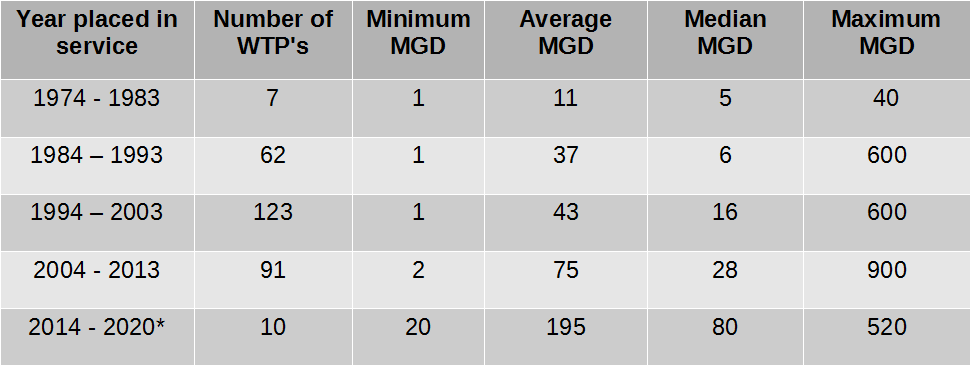Wastewater treatment for micropollutants is becoming more popular and important worldwide. As the concerns of pharmaceuticals in water comes to the forefront, the desire for cleaner, safer water is understood. This leads to the implementation of systems to remove micropollutants from wastewater during the treatment process. Ozone is one technology that has proven effective to remove micropollutants and pharmaceuticals from wastewater. Article below gives some great information on another new plant upgrading to ozone use.
Learn more about ozone use for wastewater and micropollutants HERE
Swiss wastewater plant chooses Xylem’s ozone tech to remove micropollutants

SCHAFFHAUSEN, Switzerland – Xylem (NYSE: XYL) has been awarded a contract to provide advanced treatment technology to the Werdhölzli wastewater treatment plant in Zurich, the largest wastewater treatment facility in Switzerland.
The European Union (EU) has published a list of prioritized substances that pose a threat to ground and surface water sources. To adhere to the environmental standards set by the EU, the member countries have to regularly monitor the occurrence of the listed substances.
In Switzerland, a 20-year process to upgrade major wastewater treatment plants is underway to tackle such pollutants, which currently remain in treated wastewater and are released into surrounding lakes and rivers.
As part of this agenda, new legislation came into effect on 1 January 2016 requiring wastewater treatment plants to implement an additional treatment process, specifically for the removal of micropollutants.
Xylem said its ozone technology will enable the plant to meet new Swiss regulations regarding the protection of water bodies and specifically, the removal of micropollutants.
Eight Wedeco SMOevo ozone systems will be supplied to the Werdhoelzli wastewater treatment plant as part of a 50 million CHF (51.17 million USD) upgrade project.
Once operational, the plant will be able to produce 153 kilograms of ozone per hour (kgO3/h) to treat a flow of 6,500 liters per second (l/s), making it the largest ozone plant for the removal of micropollutants in the world.
Growing concern about micropollutants – contaminants that are released from everyday products such as industrial chemicals, pharmaceuticals and personal care products (PPCPs), pesticides, and hormones, and cannot be removed with conventional wastewater treatment technologies – is leading many countries to consider more rigorous treatment solutions.
Peter Wiederkehr, chief operating officer (COO) Entsorgung + Recycling Zürich, said: “Wastewater treatment plants serving a population of 5,000 or more must be equipped now with a new treatment stage which ensures that up to 80% of pre-selected micropollutants are removed. Extensive research has confirmed ozone as a preferred technology for this stage. Xylem’s Wedeco SMOevo ozone systems will enable us to meet the new treatment regulations with a reliable, environmentally-friendly and cost-effective solution.”
Florian Milz, key account manager with Xylem added, “The elimination of micropollutants from wastewater is a challenge which more and more facilities must address. While conventional treatment processes do not remove them completely, oxidation with ozone is proving to be one of the most efficient methods for reducing these contaminants. Pollutants, colored substances, odors and microorganisms are directly destroyed by oxidation, without creating harmful chlorinated by-products or significant residues.”
Construction on the Werdhölzli wastewater treatment plant upgrade began in 2016 and the plant is expected to be operational by 2018.

